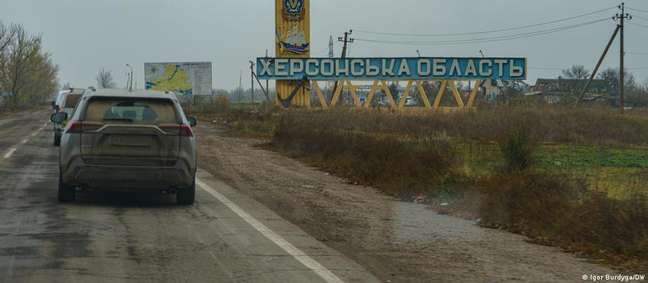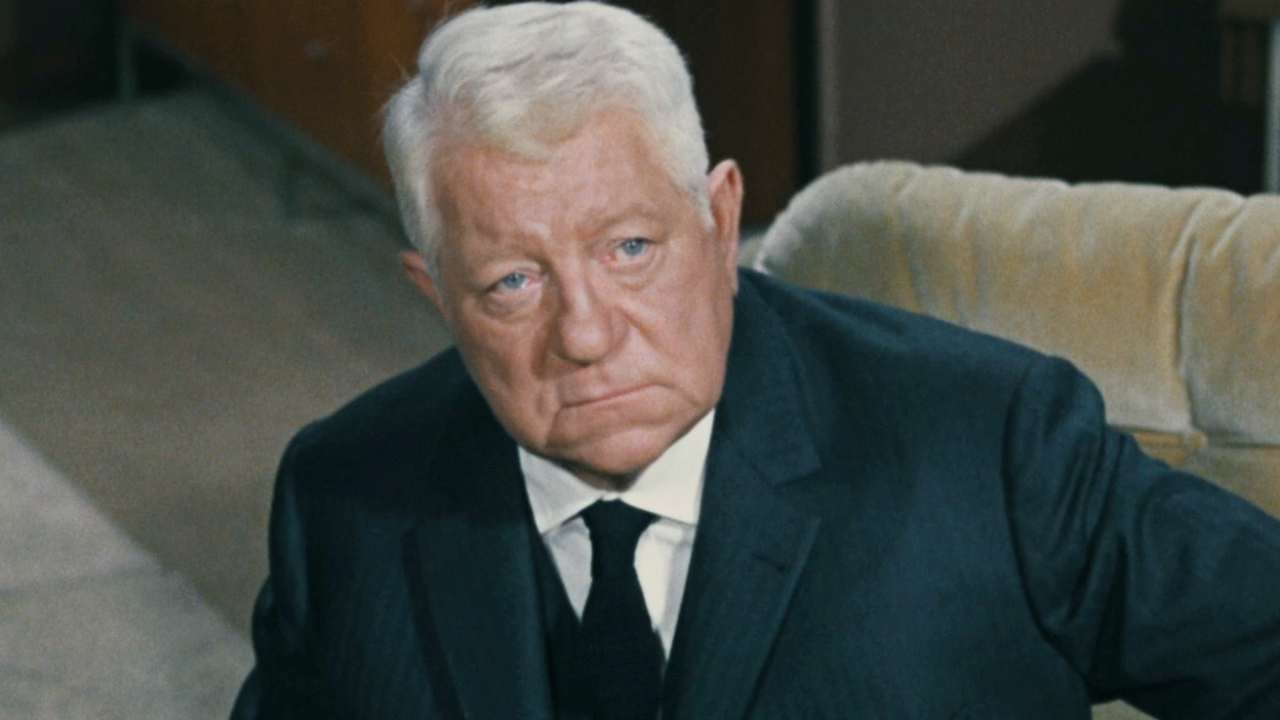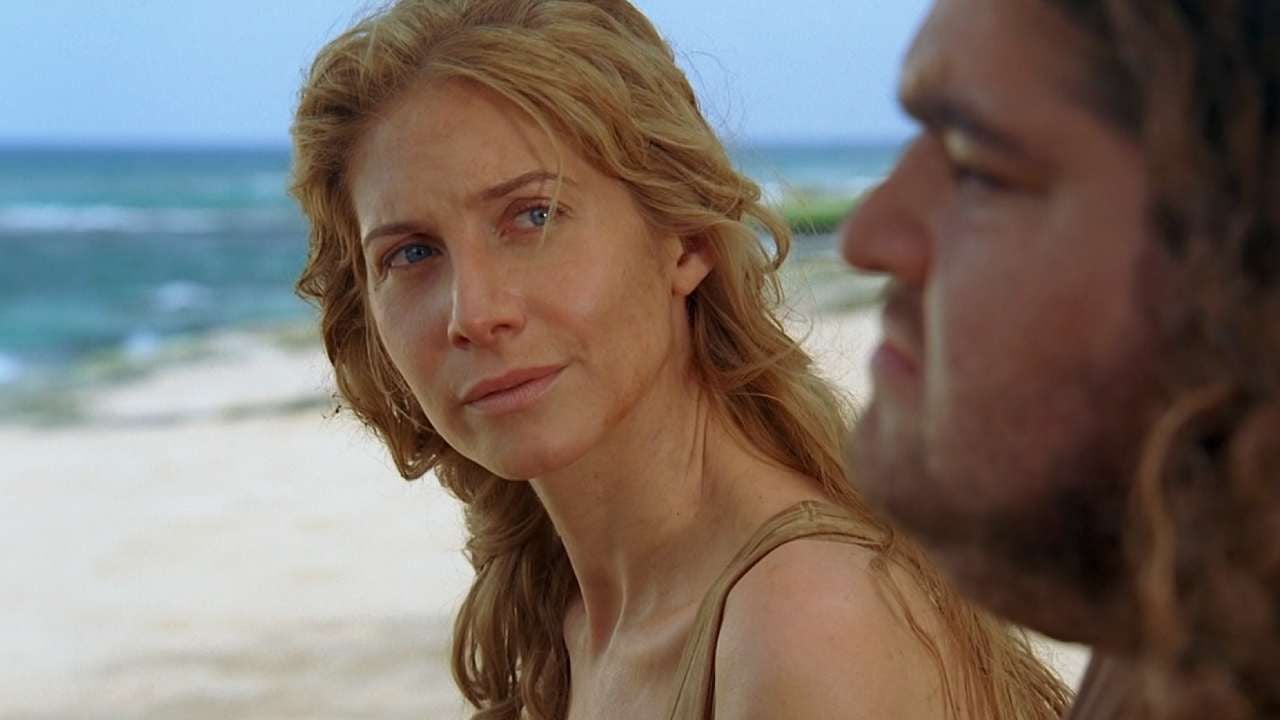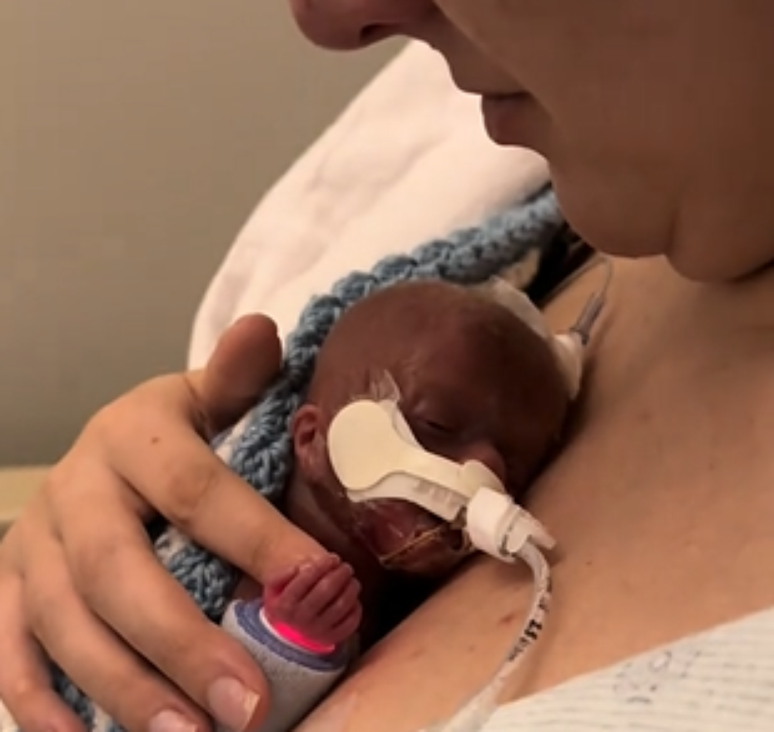The city in southern Ukraine has been under Russian rule for nine months. A DW correspondent describes what life is like in the place where he was born, with residents torn between joy at the liberation and fear of a new phase of war. I went a year without going to Kherson. Going home after a long time would have been exciting, even in peacetime. But my hometown is home in the midst of war. In mid-November, the Ukrainian Army returned to Kherson and Russian forces withdrew across the Dnipro River.

Since then, citizens have been hugging Ukrainian soldiers every day, asking for autographs, waiting in line for water and humanitarian aid. Learn to hide under artillery fire and tell the story of the nine months of occupation.
Route full of checkpoints
Kherson remains a closed city, access is limited. Military and police speak of “stabilization measures”. Journalists and aid workers are only allowed in and out under military guard.
The highway to the nearby regional capital Mykolayiv is getting busier. You see columns of trucks with food, fuel, emergency generators and humanitarian aid. In some places the road was damaged by shelling. The detours lead onto dirt roads that are not passable due to the typical November rains. “My dears, where you are going, there is a lot of mud,” says an elderly woman in the village of Kisseliwka, pointing to a blocked postal van.
The remains of the famous Antonivsky bridge, the longest in Kherson, still span the Dnipro River. Russian troops entered the city via this bridge in late February and blew it up on their way out. Older graffiti calls for Russian “victory”, a more recent inscription insults the occupiers.
If you stand here unprotected in the open for only a short time, you will be hit directly from the other side of the river. Russian soldiers have established their positions there, near the small town of Oleshki. Ukrainian soldiers from a nearby checkpoint hid us under a bridge and advised us to move forward quickly.
With bulletproof vest through the city
Surrounded by checkpoints, the inhabitants of Kherson are divided: between the joy of liberation and the fear of a new phase of the war. After all, the city is now close to the front line.
Not all residents, the military say, have yet figured out what that means. There is no operational warning system against air strikes, no safe havens.
The Russian army bombed Kherson. Explosions can be heard with increasing frequency. Targeted civilian infrastructure, the army and residential buildings. The number of civilians killed or injured is increasing with each passing day.
Meanwhile, in Perekopska Street, two men knock down a large sign praising Russian annexation. They say the Russians put up such posters all over the city. “At least another week of work for us,” says one.
Yuri Savchuk carefully folds parts of the poster. He is the director of a museum dedicated to Ukraine’s participation in World War II. Savchuk returned to Kherson in the first days after liberation to document the ongoing war. “I’ve already done 50 interviews on the subject,” the historian says proudly.
And the desire to talk is really great. Almost all gladly tell their story of resistance. Serhiy Anatolijovitsh, a retired doctor, offers to show me a Russian “torture chamber” where the occupiers imprisoned dissidents.
It is located in an old prison. At the entrance is the police. Inside, the investigators document traces of torture. Upon release, someone wrote on the door: “Glory to Ukraine and its Armed Forces.”
“The Russian anthem was heard in the morning, the inmates were forced to sing it. At night there were terrible screams,” recalls a saleswoman from a nearby store.
My warnings in the city
Before their withdrawal, the Russian army laid mines on many houses. Now demining teams are working in several public buildings, including the city library, where the Russian secret service was based. A police station was blown up as a precaution.
Other critical infrastructure objects were blown up by the Russian military itself before its withdrawal. In Kherson there is no running water, no electricity, people queue with buckets and bottles to the still intact private wells. Cell phone signal and internet access are gradually making a comeback. Initially, Starlink terminals were provided at some public access points. “Only 64 people can connect at a time,” says a sign in a park.
The Russians also blew up the transmission tower in Kherson. It was soon occupied by them to stop Ukrainian television broadcasts. Now Vladimir, an elderly man in a camouflage jacket, watches over what’s left of the tower. Vladimir suffers from a herniated disc, but he doesn’t want to go to the hospital at all. “If not me, who’s going to take care of all this? There’s valuable equipment here, metal. I don’t want anyone to steal it.”
Vladimir says that before the Russian invasion he had registered in a suburb of Kherson for the defense of the territory. Subsequently, he says, he briefed the Ukrainian side on the transfer of Russian troops to a strategically important airfield nearby.
“I squatted in a cemetery and pretended to mourn my wife,” he says. “I memorized everything and passed it on to our Ukrainian reconnaissance officers. I said there were two fans and five cans of meat in a shop. That was our secret code for helicopters and troop carriers.”
queues for everything
In Kherson, most of the public services have yet to be restored. Residents spend their time waiting in line for water, internet access or Ukrainian phone cards. The first day after the liberation there were celebrations in the main square.
There are still daily concerts, but most people now prefer to queue for free toiletries, food, warm clothes and medicines. Some Russian products remained in stores, mainly liquor and cigarettes, but less and less. Since October, the suppliers say, there is no more supply.
🇧🇷The best content in your email for free. Choose your favorite Terra newsletter. Click here!
Source: Terra
Camila Luna is a writer at Gossipify, where she covers the latest movies and television series. With a passion for all things entertainment, Camila brings her unique perspective to her writing and offers readers an inside look at the industry. Camila is a graduate from the University of California, Los Angeles (UCLA) with a degree in English and is also a avid movie watcher.





